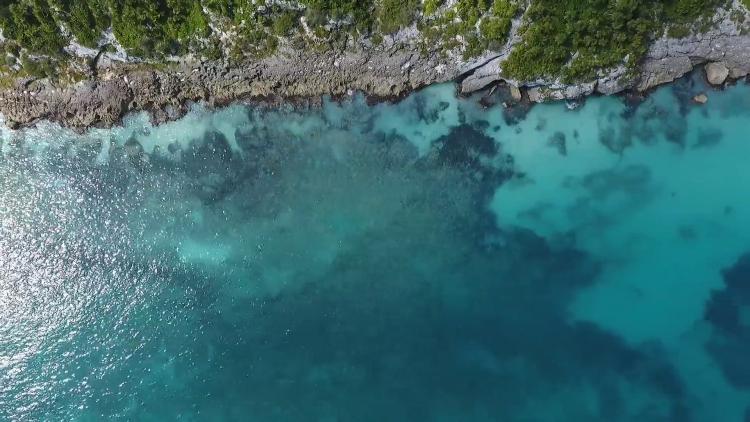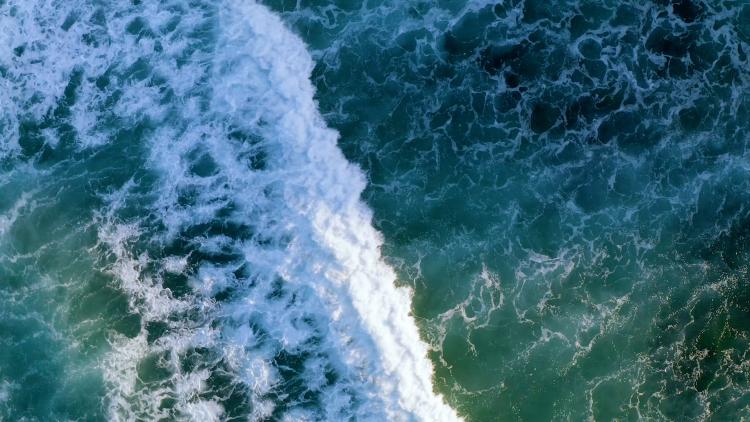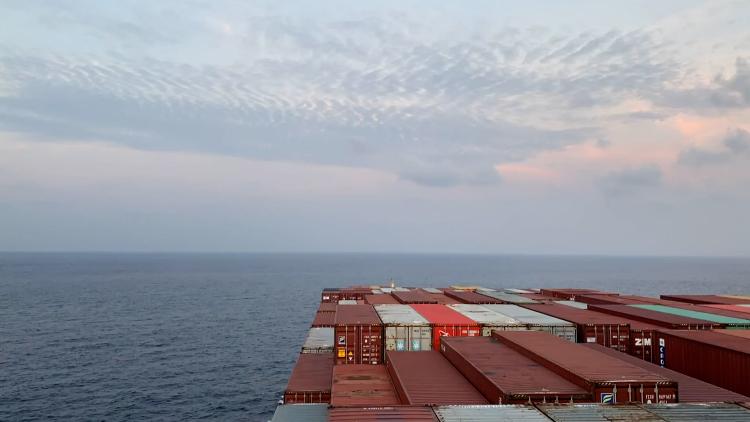Behind the data: investigating El Niño
This climate pattern, characterised by warming in the tropical Pacific, has far reaching impacts across the planet
The United Nations has designated the 2020s as the Decade of Ocean Science for Sustainable Development and issued ten challenges with the goal of achieving a clean, safe, and accessible ocean by 2030. To support this goal, EUMETSAT is developing case studies that address each of the United Nations’ challenges. This article is the fifth in a series,where case study authors give us the story behind the data, illuminating how satellite data from EUMETSAT and the European Union’s Copernicus programme contribute to a better ocean.
Key points:
- In 2023, one of the effects of the global climate pattern El Niño was less productive fisheries off the west coast of South America
- Although severe, the 2023 El Niño event was less extreme than predicted
- Better understanding this climate pattern is essential as climate change is likely to exacerbate its effects
Dr Ben Loveday and Rebecca Lister explain how they used satellite data to assess the impact of last year’s El Niño event on the marine food web off the west coast of South America and gauge its overall severity.
Less chlorophyll, less successful fisheries
“We're looking at two panels where we've compared the months of November 2023 on the left and December 2023 on the right with a 25-year average of what the surface chlorophyll concentration would look like along the coast of South America,” said Loveday.
“Because we can’t detect phytoplankton directly with satellite instruments, we use the concentration of chlorophyll-a pigment they produce as a proxy for their abundance. Generally, the higher concentration of chlorophyll-a there is in a particular area, the more phytoplankton are growing there.

Credit: Dr Ben Loveday using ocean colour products from the Copernicus Marine Environment Monitoring Service.
“We were most interested in the area down the western coast of South America because that’s where we have these coastal upwelling systems, between the equator and about 45°S.
“In these locations, we can see blue regions, which, in our diagram, tells us that we have lower chlorophyll-a concentration in November and December 2023 than we would in an average year. We associate this with the 2023 El Niño event.
“We can see two strong blue regions in particular; one between the equator and 15°S and one between 30°S and 45°S. Though the mechanisms controlling the variability in these two systems is different, in both cases we expect to have weaker upwelling and less surface chlorophyll-a and, therefore, are likely to have less successful fisheries in the maritime regions off the coast of South America.
“We put the two images side by side because November and December tend to be the months in which we see the strongest expression of this signal occurring. It's interesting to see the changes in the Chilean upwelling system persist across November and December because this points to the fact that El Niño events don’t just have an effect over a matter of days or weeks but instead can last months or even an entire season.”
Less extreme than expected
“We plotted the sea surface temperatures in 2015 and 2023 along the equator in the El Niño region and compared it to sea surface temperature anomaly data – how sea surface temperatures diverge from the average values for the period 2002 to 2023,” said Lister.
“We wanted to track where the warm water was moving between January to November in 2015 and 2023 to see if we could identify any patterns. We did that for the 2015 El Niño event, because it was a very severe event, and then we then did it for 2023 because that year was also predicted to have a very severe El Niño event.”

Credit: Benjamin Holcombe, Reece Hutchings, Rebecca Lister, Antony Raymont
“In 2015, starting in July, you can see that the water got really, really hot, especially further towards the east, whereas in 2023, the water started off cooler in January, and then it didn’t get as hot from July through September. So there was an El Niño event that started in 2023 and continued into 2024, but you can see the water was just not as hot then as it was in the same months in 2015.
“In addition, we found that in 2015, the warm water reached as high as 20°N, which was all the way up to Hawaii. In 2023, however, the warm water didn’t reach as far north, which shows that the warm water didn’t spread out as much in 2023 as it did in 2015.
“We were relieved to find out that although in 2023, the conditions for El Niño were met, it wasn’t as severe as anticipated. In 2023, the warming was less extreme and more contained than in 2015. Very severe El Niño events have lots of bad knock-on effects for the rest of the global climate, so we were quite happy about this.
“It is important to keep monitoring sea surface temperature because El Niño events are expected, on average, to become more severe due to climate change.”
Are you an expert wanting to know more?
Check out the case study where you can find the accompanying Jupyter notebook.
Author:
Sarah Puschmann


